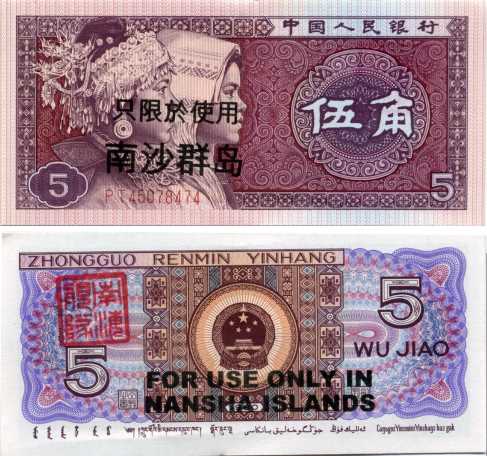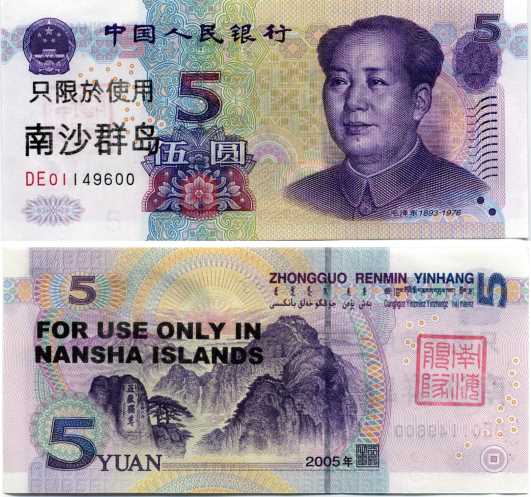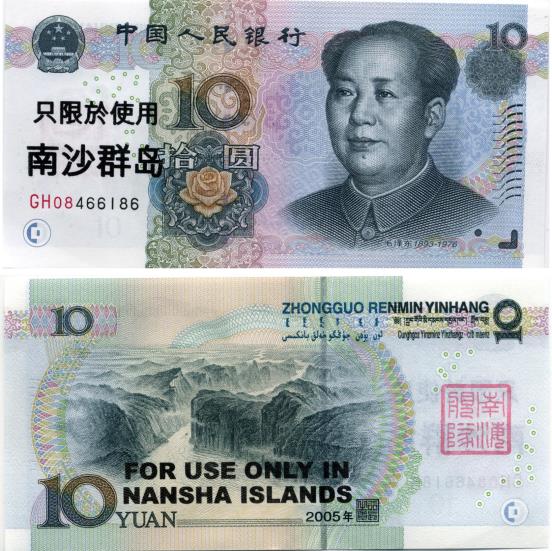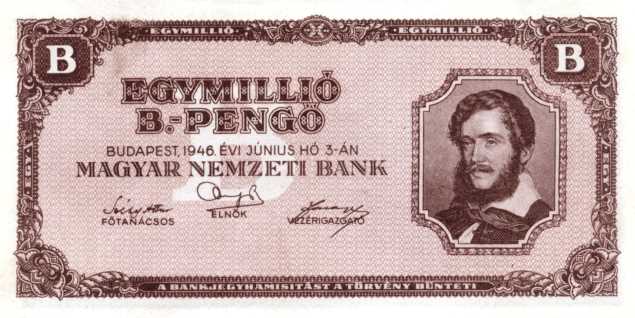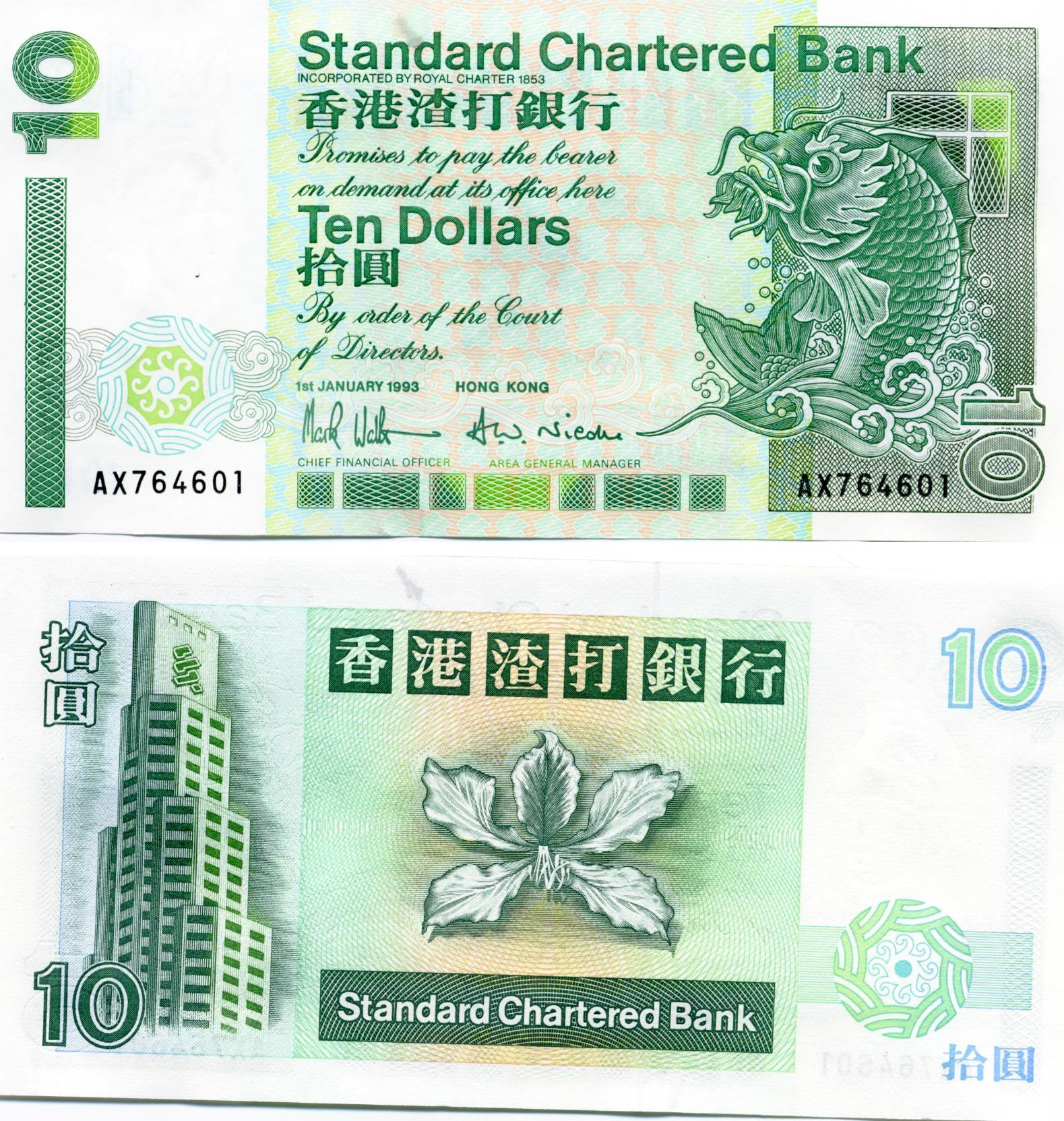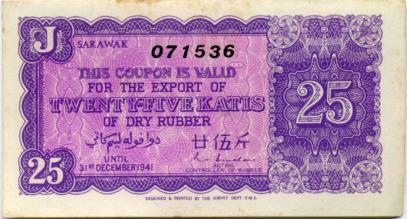RECENTLY DISCOVERED
SPRATLY ISLANDS (NANSHA ISLANDS) CURRENCY
HUNGARIAN INFLATION CURRENCY
BANKNOTES OF THE PRIVATE BANKS OF HONG KONG
RWANDA NOTE BARGAIN
CONGO ELEPHANT NOTE BARGAIN

PAKISTAN HAJ PILGRIM NOTE

The Haj is a pilgrimage to Mecca expected of each faithful male follower of Islam at least once in a lifetime. Because of tight currency controls, Pakistan did not want its citizens to take actual Pakistan currency when they left the country. Instead they provided them with this special currency which could only be spent in Saudi Arabia on their Pilgrimage. As a result, few notes are in the hands of collectors. The notes are similar to regular Pakistan notes, but printed in a different color and have a special overprint that reads "FOR HAJ PILGRAMS FROM PAKISTAN FOR USE IN SAUDI ARABIA ONLY". The pilgrim notes were discontinued in 1994. The notes are Uncirculated, but as is typical have a staple mark in one end. In order to discourage the theft, the notes are stapled together in bundles by the government.
UNUSUAL SARAWAK RUBBER EXPORT COUPON
BANKNOTES OF BIAFRA
CURRENCY FROM THE FRENCH REVOLUTION

CURRENCY OF THE MEXICAN REVOLUTION
The Mexican Revolution caused a complete breakdown of the countries economy and banking system. In order to pay troops and provide for commerce various states and governments issued their own currency. We are pleased to offer 4 such notes. Venustiano Carranza's Constitutionalist Army of Mexico issued this 1 Peso note dated March 31, 1914 in the state of Chihuahua. It features an Eagle eating a snake, an allusion to Mexico's founding. We also have a Crisp Uncirculated 20 Peso "two little faces" note issued by Pancho Villa's forces in Chihuahua dated February 10, 1914. The note bears the portraits of the recently assassinated President Madero and Chihuahua governor Abraham Gonzalez. On the back the state capitol is shown, with several old cars driving in the street. From the State of Mexico we have a Crisp Uncirculated 1 Peso note dated March 1, 1915. The note features a monument of Christopher Columbus on one side and the government building on the other. The state of Oaxaca, not wanting to get involved in the revolution, declared independence from the rest of Mexico. From Oaxaca we have a 1 Peso note dated 1915. One side of the note shows a decapitated woman's head. The other pictures Benito Juarez. The notes were printed on ledger paper whatever other paper they could find so are rather crude. In addition most have minor worm holes.UNUSUAL FILIPINO NOTES
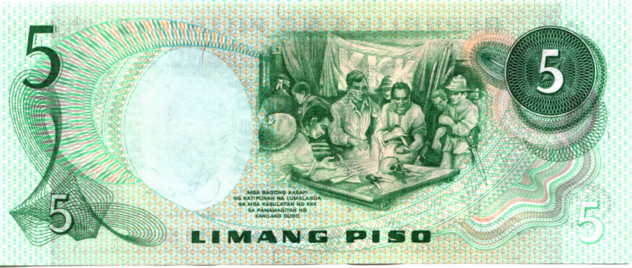
HELL BANK NOTES

Labels: gambar
